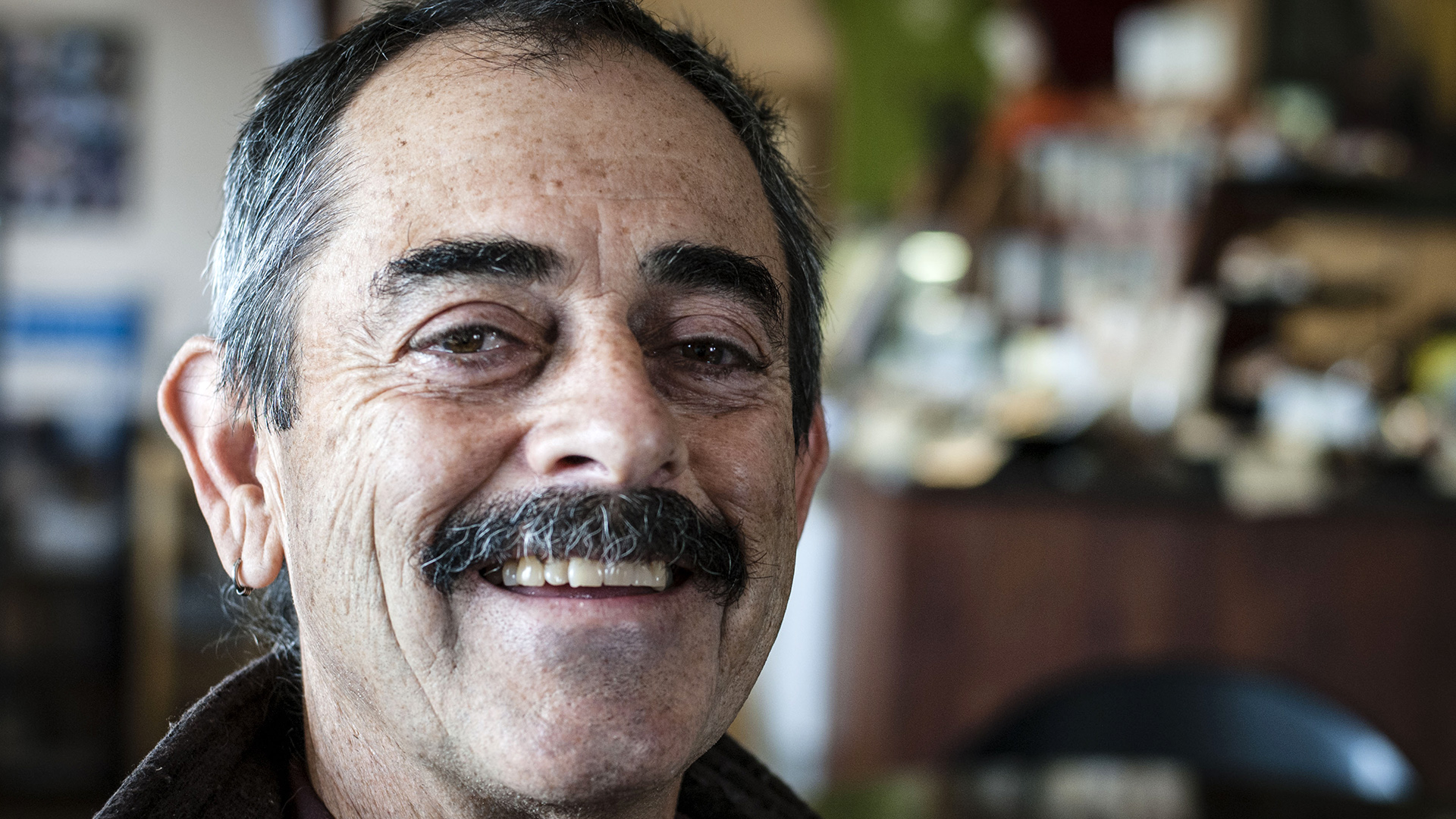
The culture that once thrived at Mesa Verde National Park was rich, complex and far-reaching – and it didn’t mysteriously disappear.
Most visitors peek into the towering masonry ruins of Mesa Verde National Park and imagine a society on the edge. Not Ernie Atencio.

The 60-year-old Colorado native and anthropologist spent several of his formative years working in the park’s backcountry and most of his life exploring the Four Corners region of the American southwest, arguably the richest archaeological area in North America.
“People who visit Mesa Verde generally expect stories of half-naked, primitive cavemen living a short subsistence lifestyle, remote and isolated out on the mesa,” he said. “The reality of what Mesa Verde was could not be more different.”

Covering about 52,000 acres of southwestern Colorado, the park and Unesco World Heritage Site turns 110 years old this year (having been established 10 years before the National Parks Service). Mesa Verde is Spanish for “green table” and is the largest archaeological preserve in the US, protecting some 4,500 sites. Nearly 600 of those sites are cliff dwellings: villages built into the giant alcoves of the mesa walls. People have lived on the mesa for around 10,000 years but it wasn’t until about 600 that the Ancestral Puebloans (the common term “Anasazi” is a pejorative Navajo term meaning “enemy ancestors”) began their 700-year occupation of the area.
Atencio grew up in Denver, Colorado. In public school during the 1970s, North America’s deep Native American history was a remarkably thin slice of the educational pie. Mesa Verde was an exception. “It was the only archaeological area we read about, and I was genuinely surprised to discover that it was right there in my own state,” Atencio said.

Later, as an anthropology student at the University of New Mexico, Atencio lead a group of school children on a trip to Mesa Verde. While there, a ranger encouraged Atencio to apply for a seasonal interpretive ranger position. He did, and 1984 marked the first of five summers working in the national park.
I was fascinated by the real story of Mesa Verde.
“I was fascinated by the real story of Mesa Verde,” he said, “and also the opportunity to reflect on our own culture through the lens of archaeology.”
Until recently, many archaeologists have disagreed with how the National Park Service has told the story of Mesa Verde. “When I started, I was disappointed in the narrow range of information given to the public,” Atencio said.

For example, Mesa Verde is not an isolated island of archaeology floating in a vast wilderness. The communities of Mesa Verde were part of a densely populated regional society of tens of thousands of people spread throughout the American southwest. They had trade contacts reaching from the Pacific Ocean to the Appalachian Mountains and from southern Canada deep into modern Mexico.
These Ancestral Puebloans lived a rich, highly developed and complex lifestyle. Their abundance allowed them to create art forms that Mark Varien, executive vice-president of research at Crow Canyon Archaeological Research Institute in nearby Cortez, Colorado, describes as “as aesthetically pleasing as anything ever made by any culture”.

“We think of their lives as a constant struggle for survival,” Varien said. “But it wasn’t like that. The people of Mesa Verde had the time and leisure for cultural development.” The Ancestral Puebloans created stunning murals, advanced pottery types, intricate jewellery and complex architecture that still stand today. “Those objects themselves still have power simply because they are so beautiful,” Varien said.
And the people of Mesa Verde didn’t mysteriously disappear.
As a young ranger, Atencio was perplexed by the story that visitors were told. “Disappear? How could they have disappeared when I personally knew their ancestors?” Atencio asked.

By about 1200, the population of Mesa Verde proper reached about 20,000 people, most of whom lived in huge, urbanized villages at the heads of the area’s canyons. But less than 100 years later, the vast majority of those people shifted south to villages in Arizona and New Mexico such as Hopi, Zuni, Acoma and the pueblos of the Rio Grande Valley. The Ancestral Puebloans didn’t disappear, they simply moved. “The abandonment of Mesa Verde was complex and it didn’t happen all at once,” Atencio said.
With this knowledge, Atencio felt obligated to include ethnographic research and oral histories into the information he gave to visitors. “When modern, living Pueblo people came to the park, I followed them around and learned so much from them. Their culture is still very much alive so they could help interpret what we saw in the park.”

After his time at Mesa Verde, Atencio continued to work at archaeology sites, including Bandelier National Monument and the Grand Canyon. Yet he returned to Mesa Verde time and time again. Today, he is the southwest regional representative for the National Parks Conservation Association.
“My time at Mesa Verde gave me a life-long fascination with archaeology. It also gave me an openness to other cultures and to dialoguing with people different from myself,” he said. “It gave me a love for wildlands, national parks and public lands in general. We’ve got a treasure here that is unique.”

If you liked this story, sign up for the weekly bbc.com features newsletter, called “If You Only Read 6 Things This Week”. A handpicked selection of stories from BBC Future, Earth, Culture, Capital, Travel and Autos, delivered to your inbox every Friday.